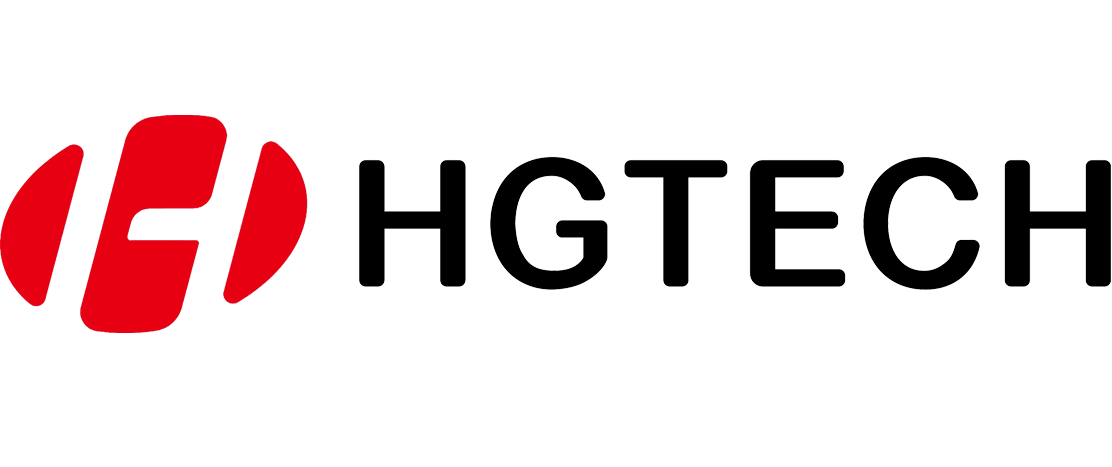The competition in the automotive market is becoming increasingly fierce, and the interior design is becoming increasingly diverse. The processing technology is also constantly upgrading, and more interior designs are produced using laser technology, which is also widely used. Compared to traditional manufacturing technologies, laser technology has many advantages and plays an increasingly important role in design and manufacturing.

What is laser technology
Laser processing technology is a processing technology that utilizes the characteristics of the interaction between laser beams and materials to cut, weld, surface treat, punch, and micro process materials (including metals and non-metals)
Advantages of laser technology
Precision processing
Small light spot, concentrated energy, small Heat-affected zone, easy to focus and guide the laser beam, convenient for automatic control. The cutting surface is free of burrs.
Efficient
It can immediately perform high-speed carving and cutting based on the computer output pattern, and the speed of laser cutting is much faster than that of wire cutting.
Less waste
Laser processing adopts Shennao programming, which can cut materials of different shapes of products, maximize material utilization, and greatly reduce enterprise material costs.
Non-contact
It will not cause mechanical compression or stress on the material and will not pollute the workpiece.
High flexibility
It is not limited by the quantity of processing and can be processed in small batches.
Wide range
Almost any material can be carved and cut.
What are the applications of laser technology in automotive interiors
The application of laser technology in interior decoration mainly includes cutting, texturing, marking, punching, and surface weakening. It has its presence in many interior components, including the steering wheel, dashboard, seats, buttons, and more.
Laser cutting and drilling
Using a high-power density laser beam to irradiate the cut material, the material is quickly heated to the vaporization temperature and evaporates to form holes. As the beam moves towards the material, the holes continuously form narrow slits, completing the cutting of the material.
The above effect can be achieved by using continuous CO2 laser processing to evaporate materials with low heat and high absorption, such as thin plastic film, wood, paper, foam and other non melting materials.
The Ultrashort pulse laser enables this technology to be applied to other materials. Free electrons in metals absorb laser light and heat up violently. The laser pulse does not react with molten particles and plasma, and the material sublimates directly, without time to transfer energy in the form of heat to the surrounding material. When picosecond pulses are used to ablate materials, there is no significant thermal effect, melting, or burr formation.
Laser cutting processing is more precise and delicate, completing automated cutting, controlling cutting quality, and achieving the optimal accuracy and speed of product processing. By appropriately controlling the power of the laser cutting machine, multi-layer precise cutting can be achieved, and flexible and fast drawing and cutting can be carried out according to the interior dimensions of different car models, thereby improving the flexibility of product processing and doubling the efficiency of product processing.
Laser texture
By using lasers to carve well-designed texture patterns on molds, products with textures can be produced using this mold, achieving texture patterns that traditional etching methods cannot achieve. Compared to traditional etching processes, the processing process is fewer, and the software can automatically process the mold after processing.
You can process free textures on any complex 3D workpiece without worrying about process limitations. You can also carve 3D geometric textures to present a three-dimensional effect, which is more suitable for parametric design and unleashes the creativity of designers to the fullest.
Laser cutting processing is more precise and delicate, completing automated cutting, controlling cutting quality, and achieving the optimal accuracy and speed of product processing. By appropriately controlling the power of the laser cutting machine, multi-layer precise cutting can be achieved, and flexible and fast drawing and cutting can be carried out according to the interior dimensions of different car models, thereby improving the flexibility of product processing and doubling the efficiency of product processing.
Surface weakening
In the current automotive manufacturing industry, integrating airbag covers into the dashboard, interior walls of doors, or other automotive interior components has become a trend. This new process is known as the ‘integrated airbag’.
The processing method adopts laser weakening technology, with high-energy laser beams hitting the dashboard in the form of fixed frequency pulses. The material at the focal point rapidly vaporizes after absorbing the high energy of the laser, forming penetrating or non penetrating small holes. The material thickness in these small hole areas becomes thinner, and the fracture strength decreases, so that it can preferentially fracture when subjected to external impact. The combination of many sequentially arranged micropores is commonly referred to as the airbag line.
Through surface weakening technology, the interior surface can be intact and can be applied to punching and surface weakening of components such as automotive dashboard and door inner walls.
About HGSTAR: HGSTAR is is a sub-brand of HGTECH.HGTECH the pioneer and leader of laser industrial application in China, and the authoritative provider of global laser processing solutions. We have comprehensively arranged laser intelligent machine, measurement and automation production lines, and smart factory construction to provide overall solutions for intelligent manufacturing.

